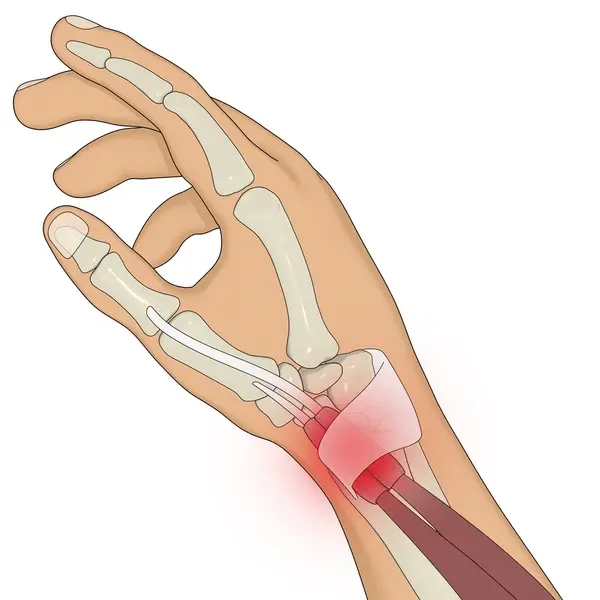Understanding ACL Injuries and Rehabilitation: A Comprehensive Guide
- Nahor Garcia Jimenez
- Feb 27
- 2 min read
Updated: Mar 27
The anterior cruciate ligament (ACL) is an intra-articular fibrous structure that extends from the medial tibial plateau to the lateral femoral condyle, playing a crucial role in stabilising the knee. The ACL, alongside other structures, is particularly responsible for anterior stability of the tibia in relation to the femur, as well as rotational stability, preventing excessive displacement.
Causes and Severity of ACL Injuries
The majority of ACL injuries (approximately 80%) occur due to direct contact (traumatic incidents), while only 20% are attributed to non-contact mechanisms (indirect causes). ACL injuries can be either partial or complete, though surgical reconstruction is often recommended, particularly for active athletes.
ACL injuries may occur in isolation or in combination with damage to the medial meniscus or collateral ligaments, most commonly the medial collateral ligament (MCL). When these three structures are injured simultaneously, it is referred to as the ‘unhappy triad’ or O’Donoghue’s triad.
A torn ACL is one of the most dreaded injuries among athletes and healthcare professionals. It is classified as a severe injury due to its long recovery period. A study by Waldén et al. (2016), which followed professional footballers over 15 years and analysed more than 150 cases, found that the average recovery time after surgical ACL reconstruction was 6.6 months to return to training and 7.4 months to resume competition (1).
Rehabilitation Guidelines Following ACL Surgery
Extensive research has been conducted on effective rehabilitation strategies post-ACL surgery. This article focuses on the ACL Rehabilitation Guide proposed by Randall Cooper (2018) (2).
Treatment in the Initial Phases with Winback Tecartherapy
Winback tecar-therapy is an advanced technique that can significantly enhance recovery in a comfortable, efficient, and effective manner. It helps achieve key rehabilitation objectives in each phase, facilitating a quicker and smoother recovery process.
Here are some ways Winback treatment and its various accessories can be utilised during the early stages of rehabilitation (post-surgical recovery phase and strength and motor control development phase):
Post-surgical recovery: Early pain and inflammation management is crucial to initiating knee mobilisation. The use of CET and RET at low to moderate temperatures can help reduce inflammation and pain while improving the elastic properties of tissues.
Passive and active mobility exercises: FixPads 2.0 accessories are highly beneficial, allowing Winback tecartherapy to be integrated with manual therapy. This combination optimises rehabilitation outcomes and enhances mobility recovery, as illustrated in the images below.
By incorporating these techniques, individuals recovering from ACL reconstruction can experience a smoother rehabilitation journey, ultimately leading to a safe and efficient return to sport and daily activities.




コメント